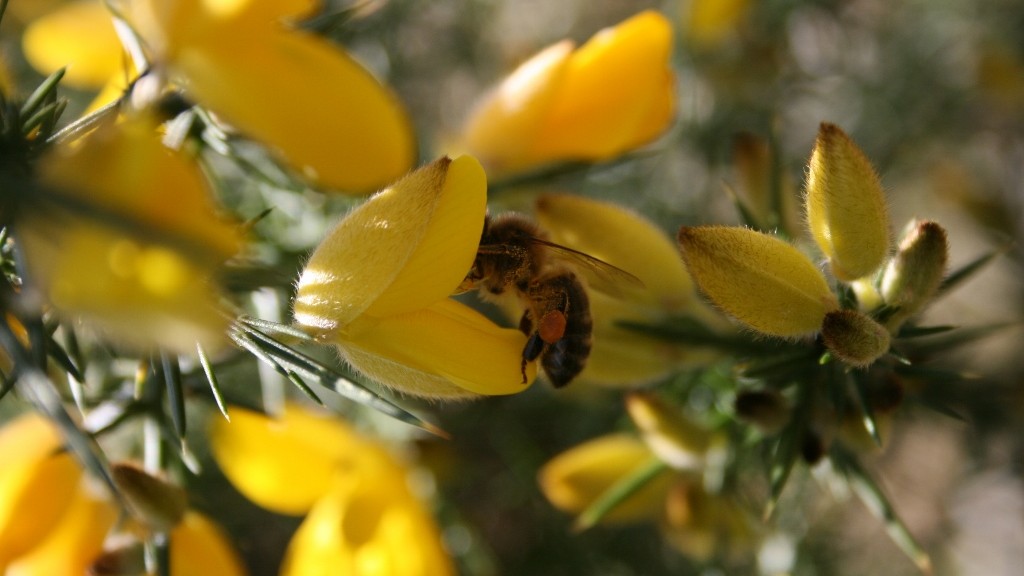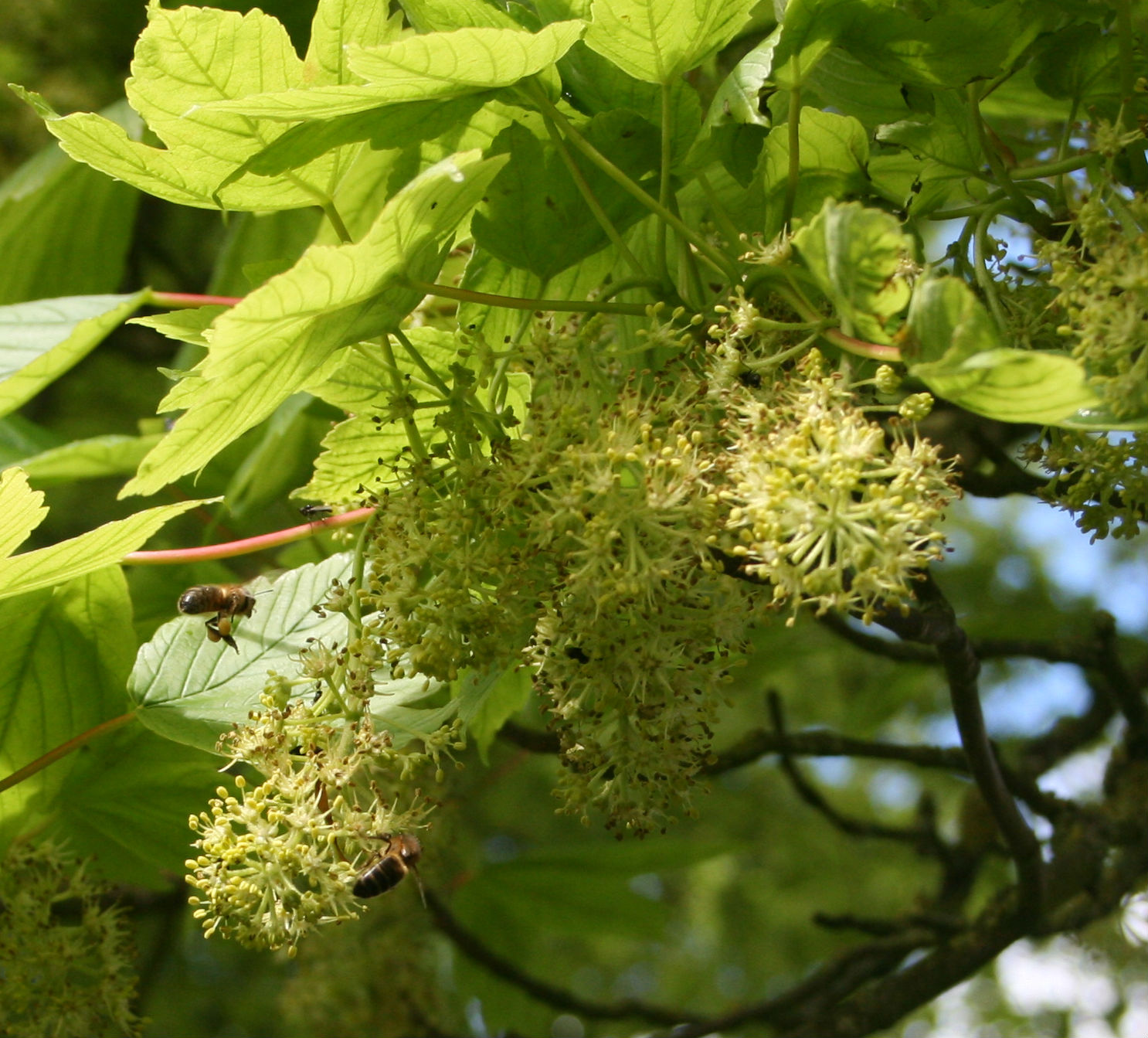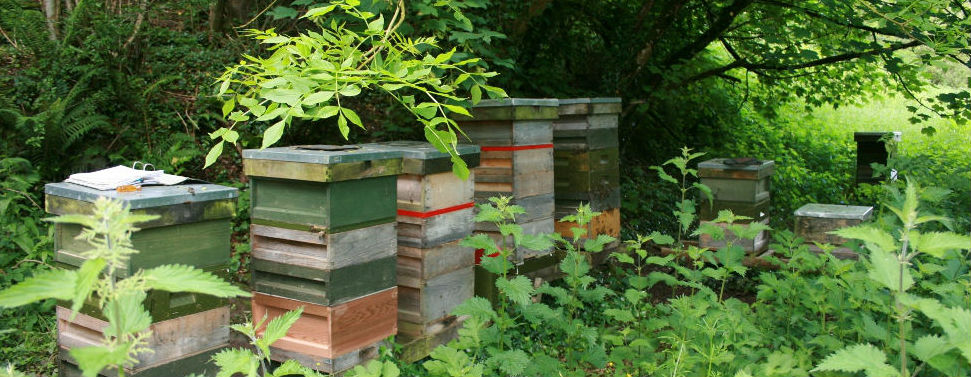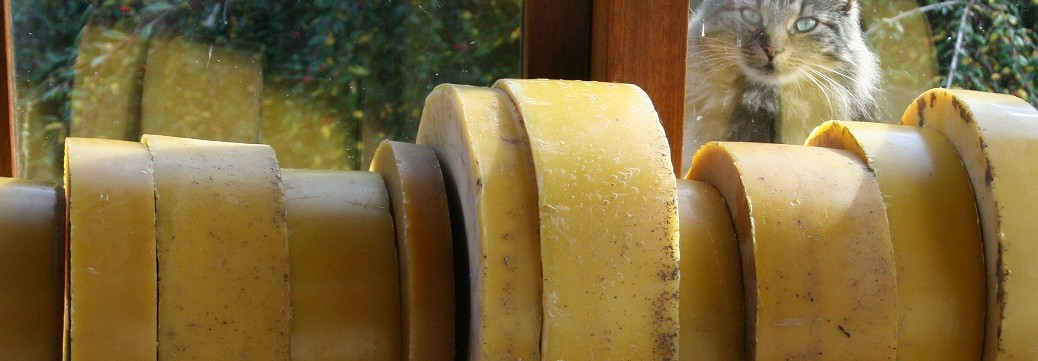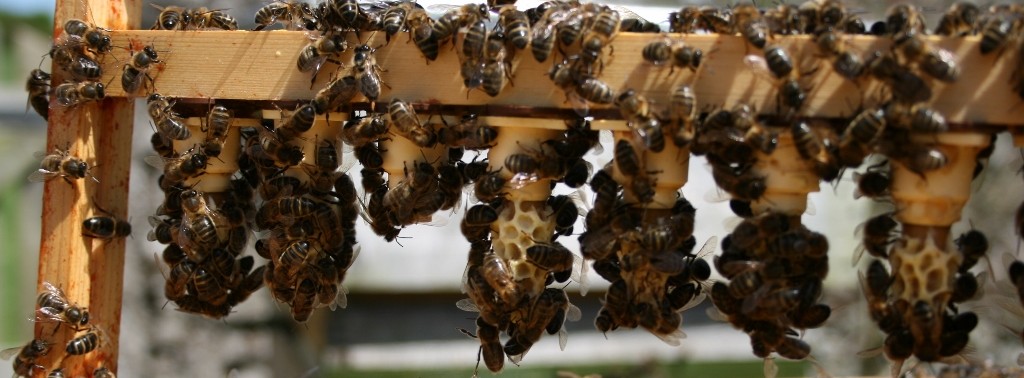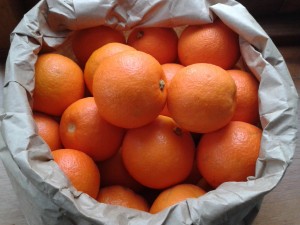Pheromones are a family of small, volatile chemicals commonly employed in the insect world as a means of communication; they are chemicals which elicit specific responses and have a large role in colony cohesion/dynamics. The purpose and actions of pheromones within a community of social insects could be said to be analogous to those of hormones within the body of a single organism.
The number of pheromones active within a honeybee colony is unknown but here are some of them:
Queen substance: A cocktail of substances including 9 oxydecenoic acid and 9 hydroxydecenoic acid which are the main ingredients. Queen substance licked from the queen is passed around the hive by workers. It has a calming effect and prevents the building of queen cells. If the dosage of queen substance per bee is reduced below a certain level the inhibition is lifted, the bees become agitated and the production of queen cells will commence. Here are two scenarios when this will happen:
- Queen substance production is reduced such as in the aging queen;
- A colony builds up very strong and very quickly.
In the former, supersedure will commence. In the latter – swarming is initiated.
One of the ingredients of queen substance – 9 oxydecenoic acid attracts drones to the young queen who is out to get mated.
9 oxydecenoic acid will also hold a swarm together when it is hung up on a bush – it tells them ‘Mother is with us’. If ‘Mother’ is not with them they will go home.
Heptanone: Not clear what this is for. It is released from the mandibular glands of worker bees and it attracts the attention of other bees. Could be some sort of marker (‘hey, come and look at this thing!’) or an alarm pheromone. It has been found to have anasthetic effects on wax moth…
Isopentylacetate: Released when a bee stings and causes other bees to sting the same spot. I hate that.
Nasonov gland pheromone: Released from the Nasonov glands of worker bee – the visible white dot in the open tail of fanning bees. Carries a ‘come and join us’ message to disturbed bees.
Drone phermone: from drones and attracts other drones to drone congregation areas
Brood pheromone: from larvae and pupae – prevents laying workers
Click here for more about the life cycle of honey bees and how it is governed by pheromones
Click here for more on Supersedure
Copyright © Beespoke.info, 2014. All Rights Reserved.
